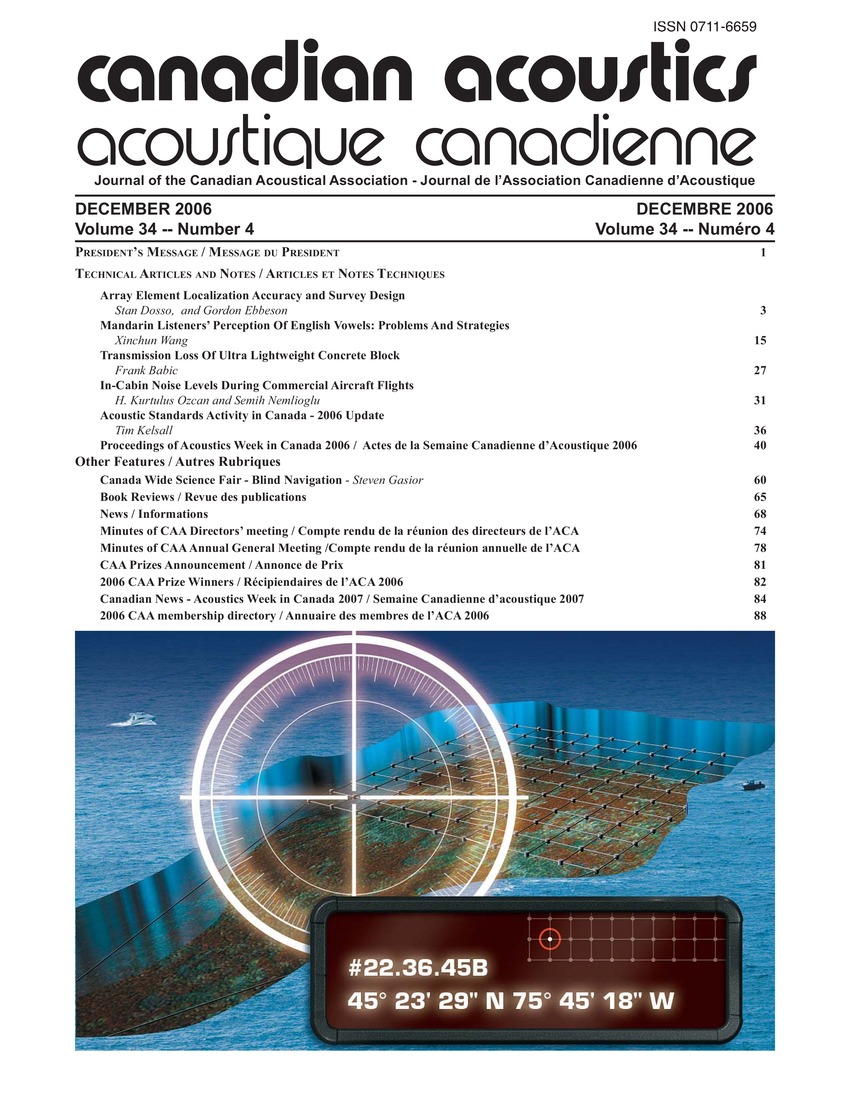In-cabin noise levels during commercial aircraft flights
Keywords:
Acoustic noise, Acoustics, Aircraft landing, Flight dynamics, Noise pollution control, Takeoff, Aircraft flights, Jet passenger planes, Mechanical noisesAbstract
Air transport is one of the most commonly used mode of transportation and hence passenger comfort is highly desirable. Aircraft interior noise is important, especially in long-term flights, concerning the health, comfort, and psychological wellness of both passengers and flight crew. Noise levels, which changes according to different motions of aircraft, can be defined as the noise during takeoff and landing and during level flight (cruise). There are also non-aircraft-originating noise sources in the cabin. These can be classified into those caused by passenger activities such as conversations and luggage-related rearrangements as well as those caused by flight-crew such as flight attendant-related speaking activities, announcements from pilot and flight attendants, mechanical noises during food/beverage services and flight security demonstrations, and other announcement signals. In this study, in-cabin noise levels were measured during all flight activities in a commercial jet passenger plane. These noise levels consist of both continuous and discontinuous types. As a general tendency, continuous noise levels were seen to be 60-65 dB(A) prior to takeoff, and 80-85 dB(A) and 75-80 dB(A) during flight and landing, respectively. Discontinuous in-cabin noise levels were observed to reach levels as high as 81-88 dB(A) range. This study shows that it can be possible to control and reduce in-cabin noise levels, especially due to human activities and a few recommendations are suggested.Additional Files
Published
How to Cite
Issue
Section
License
Author Licensing Addendum
This Licensing Addendum ("Addendum") is entered into between the undersigned Author(s) and Canadian Acoustics journal published by the Canadian Acoustical Association (hereinafter referred to as the "Publisher"). The Author(s) and the Publisher agree as follows:
-
Retained Rights: The Author(s) retain(s) the following rights:
- The right to reproduce, distribute, and publicly display the Work on the Author's personal website or the website of the Author's institution.
- The right to use the Work in the Author's teaching activities and presentations.
- The right to include the Work in a compilation for the Author's personal use, not for sale.
-
Grant of License: The Author(s) grant(s) to the Publisher a worldwide exclusive license to publish, reproduce, distribute, and display the Work in Canadian Acoustics and any other formats and media deemed appropriate by the Publisher.
-
Attribution: The Publisher agrees to include proper attribution to the Author(s) in all publications and reproductions of the Work.
-
No Conflict: This Addendum is intended to be in harmony with, and not in conflict with, the terms and conditions of the original agreement entered into between the Author(s) and the Publisher.
-
Copyright Clause: Copyright on articles is held by the Author(s). The corresponding Author has the right to grant on behalf of all Authors and does grant on behalf of all Authors, a worldwide exclusive license to the Publisher and its licensees in perpetuity, in all forms, formats, and media (whether known now or created in the future), including but not limited to the rights to publish, reproduce, distribute, display, store, translate, create adaptations, reprints, include within collections, and create summaries, extracts, and/or abstracts of the Contribution.


